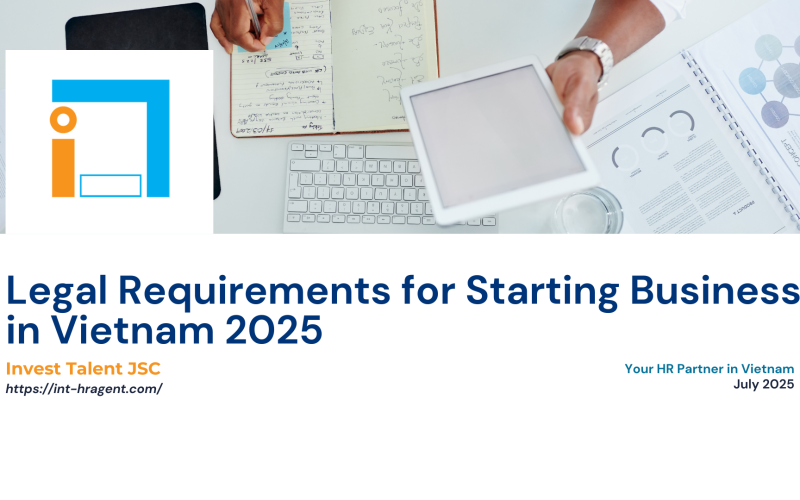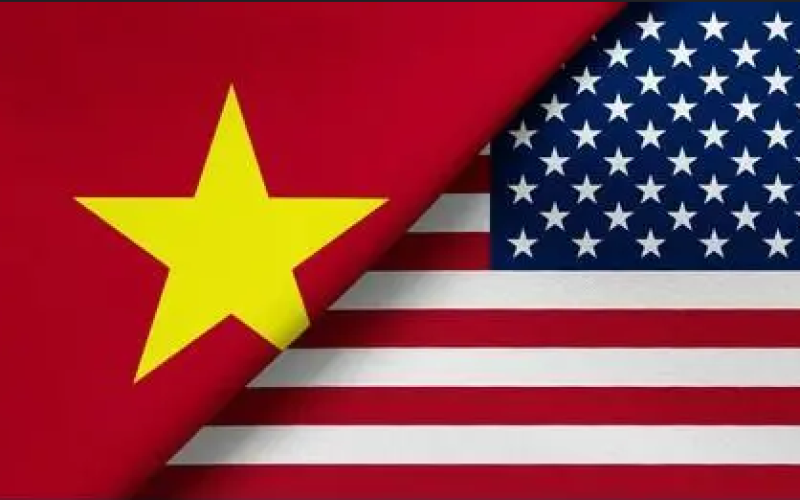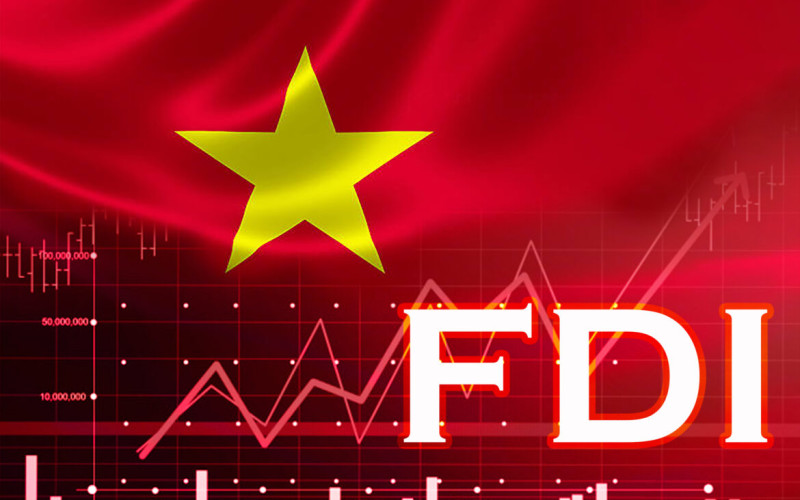Vietnam Retail Report: Landmark M&A, Franchises & Joint Ventures
Over the past 10 years, Vietnam’s retail market has experienced dramatic shifts: the entry of global powerhouses, rapid local expansion, the rise of convenience-driven formats, and the surprising exits of once-prominent names. Let’s revisit some of the most pivotal M&A deals, joint ventures, and franchise movements that have redefined how Vietnamese consumers shop — and how companies compete.
1. When Global Giants Came… and Went
Big-name exits that left lasting marks on the market
- METRO Cash & Carry (Germany)
Arrived in 2002 with a pioneering wholesale model for professional buyers, METRO quickly became a market leader. Its membership card was once seen as a symbol of being a real business player.
In 2015, it sold its Vietnam operations to BJC (Thailand) for USD 880M. Rebranded to MM Mega Market, the chain retained much of its infrastructure but struggled to maintain METRO’s positioning and loyalty. - Big C (France)
Originally built from the legacy of Cora supermarkets (e.g., Cora An Lạc, once the largest in HCMC in 2001), Big C grew to become a dominant player in mass-market retail.
In 2016, the Casino Group sold Big C Vietnam to Central Retail (Thailand) for USD 1.05B. The chain was split into two brands — GO! (value segment) and Tops Market (premium). A bold move that triggered a massive rebranding effort across the country.
2. Vingroup: A Meteoric Rise and Strategic Exit
The most aggressive local expansion — and a surprising exit
Between 2014 and 2019, Vingroup executed one of the most ambitious retail expansions in Vietnam’s history through a series of acquisitions:
- Ocean Mart, Vinatexmart, Maximark, Fivimart, Shop&Go, and Queenland Mart
- Their retail brands VinMart and VinMart+ rapidly scaled to over 2,600 locations, making them the largest retail chain by outlet count at the time.
- Yet in a move that stunned the market, Vingroup exited the retail sector in late 2019, transferring VinCommerce to Masan Group, birthing WinCommerce, which still dominates grocery retail today.
This shift reflected Vingroup’s strategic re-focus on technology, industry, and real estate — signaling that even a dominant local player can pivot quickly.
3. Franchises and Joint Ventures: A Global Taste, Local Flavor
International formats meet Vietnamese consumers
- 7-Eleven Vietnam (launched in 2017)
Franchise granted to Seven System Vietnam. As of 2025, operates 130+ stores. Despite high expectations, growth has been cautious due to fierce competition and high operating costs. - GS25 Vietnam (launched in 2018)
A joint venture between GS Retail (Korea) and SonKim Group, GS25 focused on high-quality Korean F&B experiences and modern store formats.
In just 7 years, the chain scaled to 400+ locations, showing how strategic localization (e.g., Korean street food) can create real traction. - THACO – Emart (2021)
THACO, an auto and industrial conglomerate, acquired 100% of Emart Vietnam and exclusive rights to develop the brand from its Korean partner. This marks a rare case of a Vietnamese group taking over a major global format — and building it. - Kingfoodmart (founded 2018)
A modern supermarket chain that quietly expanded in residential districts. After modest growth early on, it doubled store count from 46 to 100 between 2023–2025.
4. Not Everyone Stayed: Market Exits and Lessons Learned
Why some global names failed to crack the Vietnamese code
- Auchan (France): Entered in 2015, exited in 2019. Despite owning 18 supermarkets, the brand failed to establish a clear value proposition. Its assets were sold to Saigon Co.op.
- Parkson (Malaysia): Once a symbol of luxury shopping malls and department store glamour, Parkson Vietnam filed for bankruptcy in 2023 after 18 years of decline. Consumers had moved on to malls with greater entertainment and brand diversity.
Key takeaway: Market presence is not enough. Without adaptation to local spending behaviors, even strong global brands can falter.













